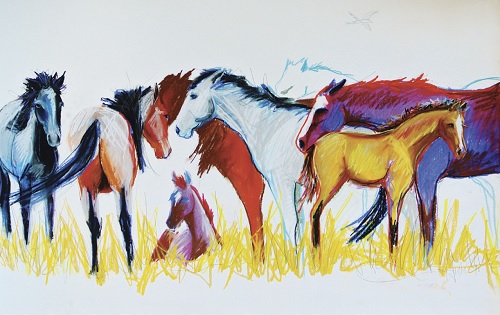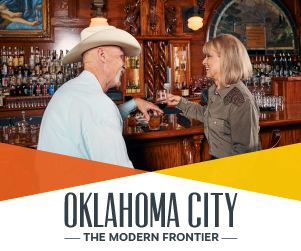To Work More Successfully With Your Equine Partner

WRITTEN BY: Jennifer Cocoma Hustis
The smile melted as 11-year-old Alexa looked at her mom with tears of surprise in her eyes. She whispered, “I never thought Bella would come to my drive-by birthday party.” It had been weeks since she had been to riding lessons due to shelter in place orders from COVID-19, and at that moment, Alexa realized how much she had missed her leased 4-H pony from Art of Horsemanship LLC.
The following week Alexa eagerly returned to the farm. The sky seemed a bit bluer, the clouds puffier and the bird’s songs more joyous. With a huge grin, she happily greeted her friend, Bella the pony, and gently haltered her. She mentioned to me how much she missed Bella and filled me in on the past few weeks’ lack of activities and friends. The pony happily followed Alexa, who was walking confidently back to the maple tree where she would groom and tack the pony for her riding lesson.
Horses are wonderful teachers of communication through nonverbal body language. Human beings are social creatures, much like horses, and we survive better together. We can learn a lot about ourselves from our equine friends by understanding their behavior, nonverbal language and social structure.
It wasn’t that long ago that I observed a young Alexa—shy, apprehensive but, at times, energetically impulsive. Often, she would have a hard time leading the pony. Over time, horses have taught her focus, leadership skills, confidence, clear communication and, most importantly, situational awareness. How does a horse do that?
Before you even enter the pasture, a horse is already sensing you and reading your body language. He or she is deciphering if you are safe to join the herd. The horse is one of the most adaptable and fast-learning animals. For this reason, horses have evolved and survived for over 50 million years. Their perspective is insightful.
To better understand horses, you have to realize they are prey animals, and we are predators; both species have to compromise their most fundamental natural reactions and body language to work in harmony together. By understanding herd dynamics, we can begin to work with horses successfully and apply that knowledge to everyday life.
Horses are prey animals, and flight or movement is their preferred way to protect themselves.
Knowing if a horse is troubled and being able to control its energy and direct it in a positive way through leadership is key to success and safety around horses.
Horses use movement to attain hierarchy in their herd.
When a horse moves another horse with body language, or physically in some situations, that means they are now higher in the herd than the horse they moved. When working with horses, it is important to understand that movement is key to communication and leadership.
Horses lead from behind.
In some situations, the lead horse will guide from the front position while the herd follows, but the majority of the time, horses lead from the back.Have you ever had a horse nudge your shoulder from behind, and you took a step? Technically, that horse just told you he is the leader.
There is a hierarchy in the herd, and horses are often testing their herdmates through body language so that they can potentially move up in the herd to a leadership position.
Understanding correct equine body language is important when working with horses. When you understand its body language, you can recognize the horse’s intentions.At times, the crankiest or most obnoxious horse in the herd is often at the bottom of the hierarchy. It is trying different behaviors to gain respect in the herd. Many people mistakenly label these horses as alpha. It is important when working with lower-ranking horses to offer them a calm, confident, structured example to follow.
Sometimes, horses will mirror your actions; this is called allelomimetic behavior.
Who is mirroring who? Have you ever been scared of something and jumped, and your friend who was next to you jumped, too, and said, “What was that?” This is an example of allelomimetic behavior. To remedy a situation safely, it is important to know if you are scared or if your horse is scared. Providing an insecure horse with calm, confident leadership allows him to mirror your confidence.
These are a few aspects in learning equine herd dynamics. Understanding important elements of equine society helps you build a lasting relationship with your horse. You start to understand their language and learn from their knowledge. In turn, it allows us as people to use that learned knowledge to succeed in other areas in life.
For more educational information about learning safe horsemanship, leadership and attaining a deeper connection to your horse, contact artofhorsemanshipllc.com.
(Reference and suggested reading: “Understanding the Ancient Secrets of the Horse’s Mind” by Robert M. Miller, DVM)

